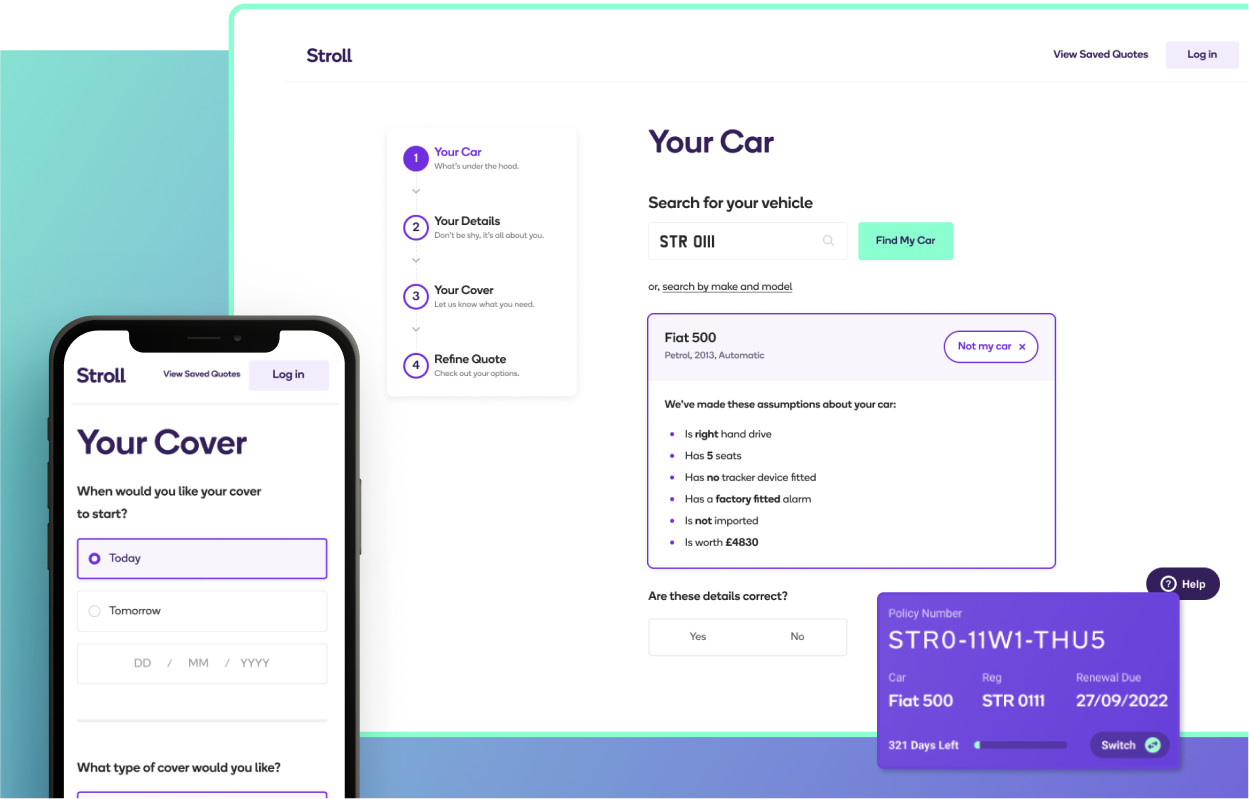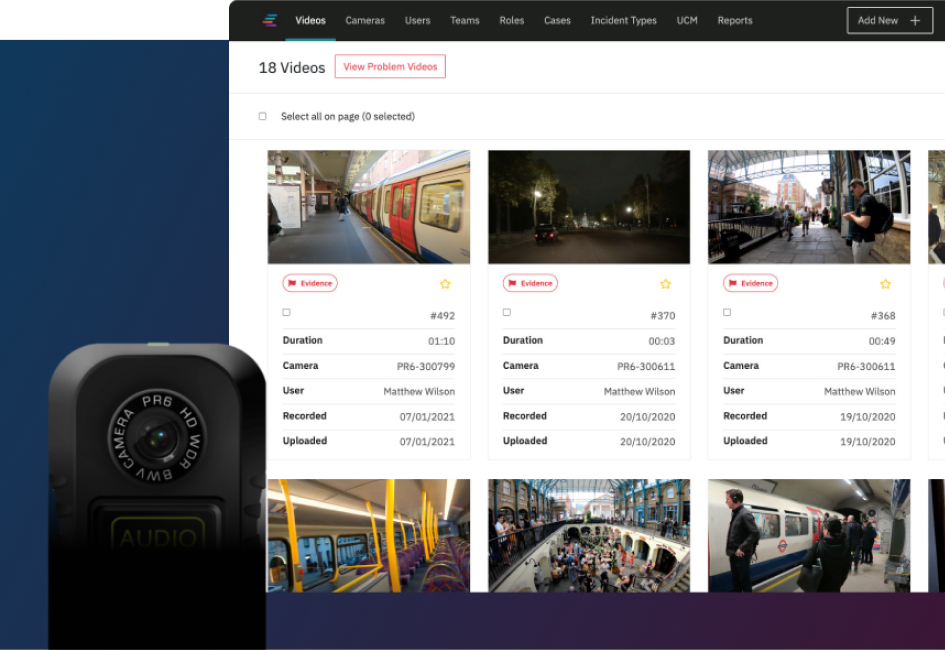Out With The Old...
In 2019, Instil was approached by a very well-known US consumer electronics company to develop a desktop application for one of their clients. The application was to be used by audio engineers to optimally position speakers and line arrays in a virtual venue setting, before their actual physical installation.
Essentially, the software needed to visualise how speaker positioning affected an audience's listening experience, no matter where they sat in the venue. It would do this by visualising how audio waves behaved across an auditorium as speaker positions were adjusted back and forth in the software.
The end client had a pre-existing tool but it was proving increasingly clunky to use, having been developed nearly 15 years previously. In particular, it struggled with technology updates - new speakers meant new algorithms had to be developed to simulate how the speakers would behave in the real world. Integrating these algorithms into the old software just wasn't possible.
I worked with Instil Software at a previous organization. My impression of them was high enough that I recommended them as a potential development partner for this new project. We objectively evaluated, critiqued, and graded them against another development team, and they came out to be the top pick for the job.
In With The New
The technologies available to build desktop applications have come a long way over the past decade. Until recently, one's choices were limited to proprietary frameworks like WPF or Qt. But today, incredibly rich desktop applications can be built using standard web technologies such as React and Angular wrapped inside an Electron runtime. Furthermore, the maturity of the Javascript ecosystem means that it is relatively simple to render in 3D using ready-made, third-party libraries.
Working with new or untested technologies can always cause some concern. The lure of shiny things has a price - is it robust, will it perform, is it easier to work with, for every gain, what are you losing, etc? We therefore ran several spikes to road-test our choices, including Qt and WPF. The team quickly determined that the combination of React/TypeScript/Electron not only met our needs, it also performed just as well as the other choices, was cross-platform and enabled us to develop faster.
They delivered what they said they were going to deliver and more — they always over-delivered on what they committed to. I was satisfied with Instil Software's services and would definitely work with them again.
Leading With User Experience
Audio software is complex. The design language used in many applications is often archaic, opaque and difficult to understand for non-engineers. But much of that complexity is due to the limitations of the underlying technology, not from the demands of the engineers. Using standard web technologies freed us from these constraints, allowing us to take the design in almost any direction we wished, meaning we could focus on creating a user experience that brought the audio engineer firmly into the 21st century.
The idea of investing in a proper design system was new for this client (as it may be for many hardware companies). Taking the time to build a proper design language meant that the user interface brought consistency and coherence to the user experience. It's an approach that we've taken in subsequent projects with significantly more complex interfaces and one that the client is now firmly bought into.
The End Result
In mid-2020, rather unfortunately, the project had to be cancelled due to the impacts of Covid on the audio industry. We were about 60% through the project when the call came. (If you remember, touring and live performances were at a complete standstill for a good part of 2020.)
However, we have subsequently worked on other projects with the same client and are now their main partner for front-end software engineering and UI/UX. So, a happy ending... in the end.
The project was extremely complicated because it had very extensive requirements. However, Instil Software did an absolutely fantastic job and exceeded all of the organization’s and our customer’s expectations.

